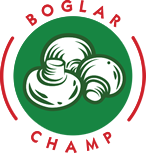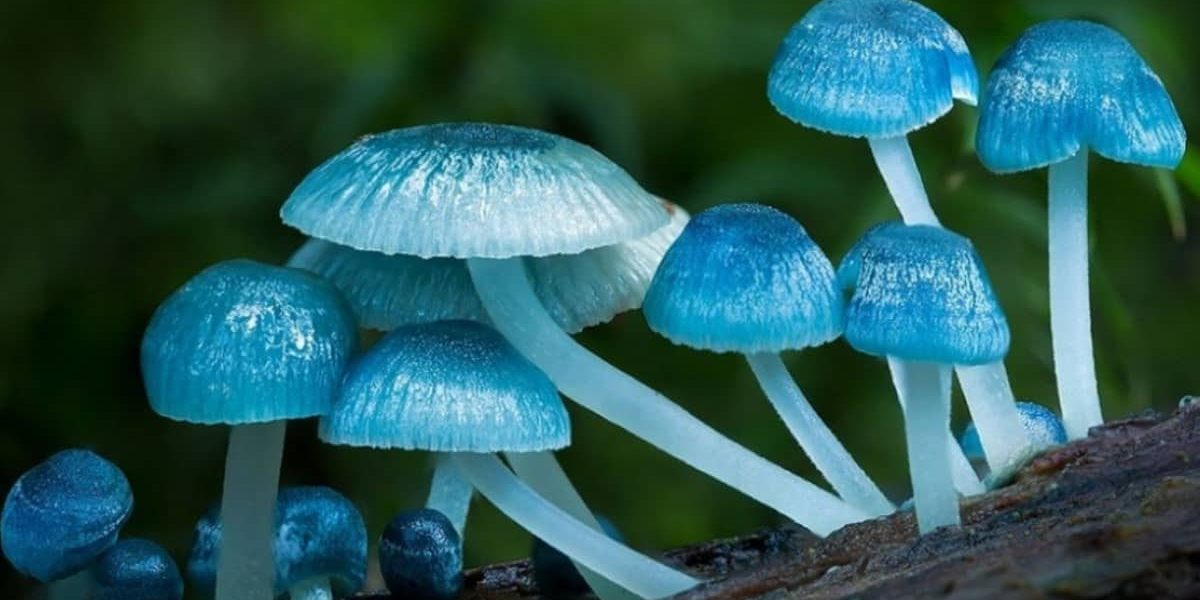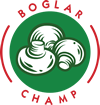There are so many types of mushrooms, appearing in the most varied places and in the most diverse forms. On our blog, we have already shared a lot of interesting and useful information about the most popular edible mushrooms, having written about the benefits of eating mushrooms, as well as the ways in which we can prepare some of the more popular mushrooms found in shops, such as champignon or oyster mushrooms. We also shared useful information on myths about edible and poisonous mushrooms, to give a helping hand to people who want to pick their own mushrooms.
In this article, we didn’t set out to write about mushroom consumption, but we have gathered some truly amazing species that we want to show you. Some of them are edible, but there are also some poisonous ones. Some of these mushrooms are so colourful and fascinating that we were surprised that such species even exist. At first glance, you’d think they’d fit into a fairy tale.
And now, check out 10 outstandingly beautiful mushrooms from around the world:
- Lactarius indigo
Lactarius indigo is a widespread edible species that grows naturally in eastern North America, eastern Asia and Central America. It occurs in both deciduous and coniferous forests. Fresh specimens are dark blue and older specimens are light blue-grey.
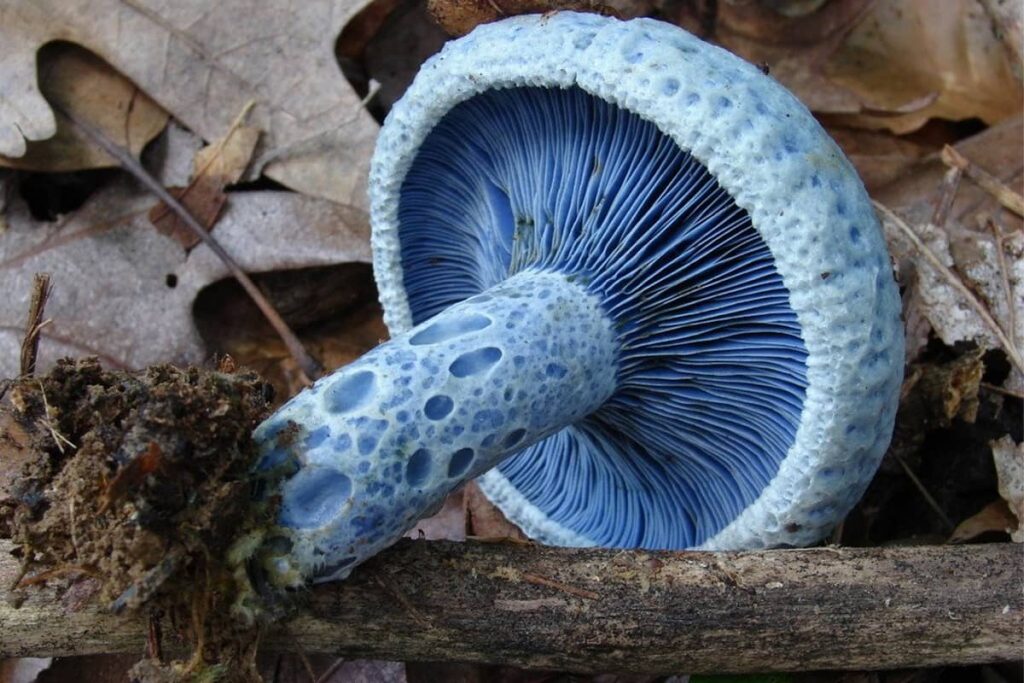
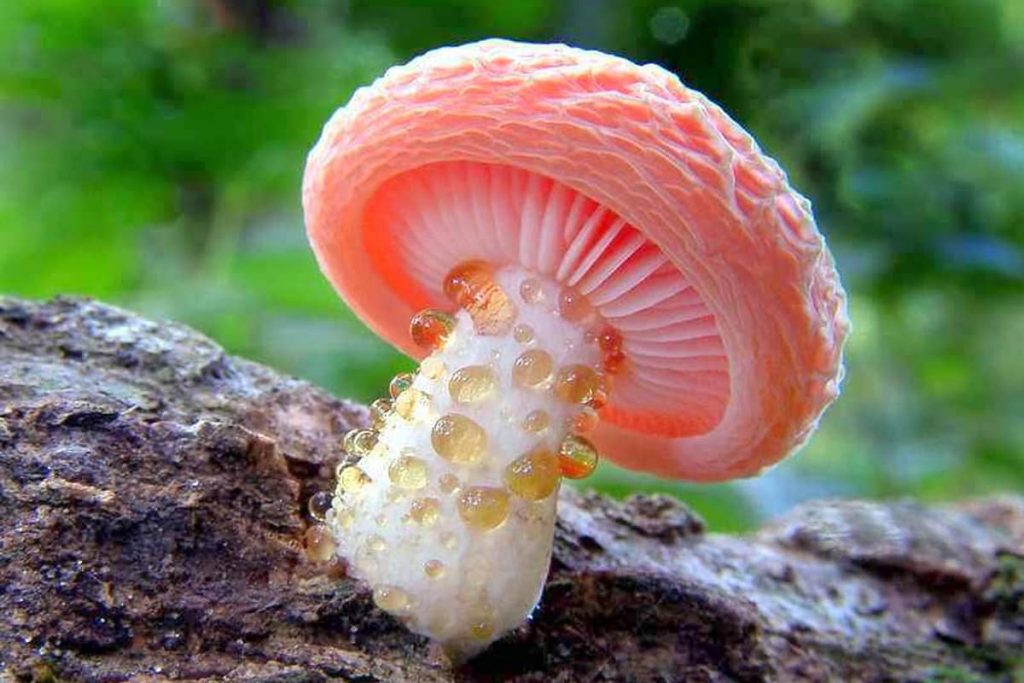
- Rhodotus palmatus
Rhodotus palmatus is a type of inedible mushroom native to deciduous forests in Eurasia and North America, living on the rotting trunks of trees. Its rubbery cap ranges in colour from light pink to peach with white wrinkles on the surface.
- Panellus stipticus
Panellus stipticus is an inedible mushroom native to Eurasia, North America and Australia that lives on the rotting trunks of deciduous trees. The American version is bioluminescent, meaning it glows in the dark.
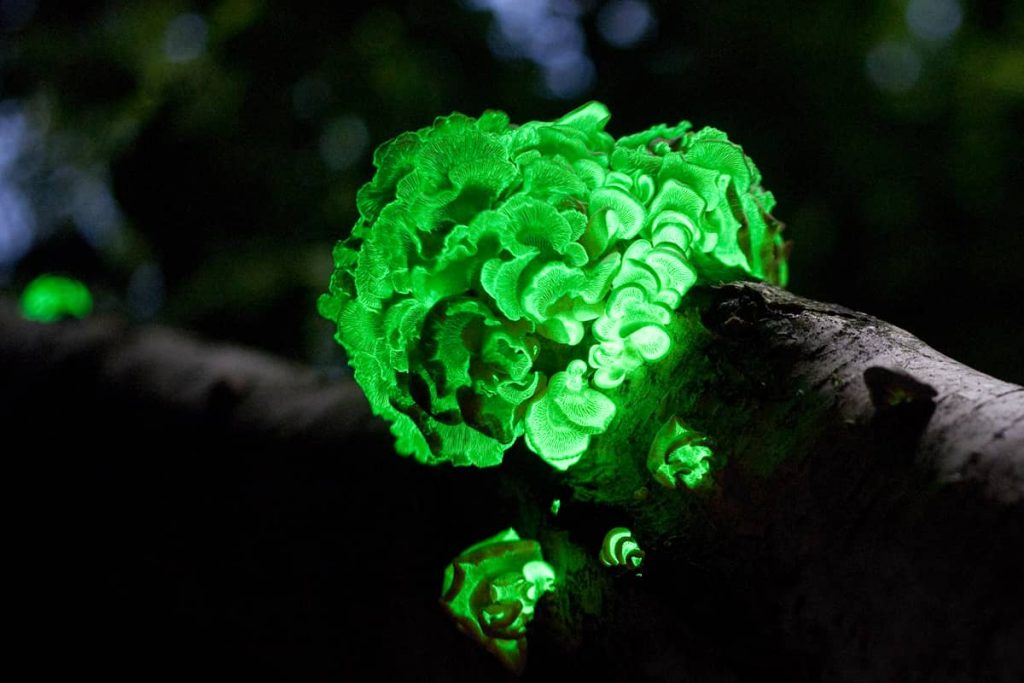
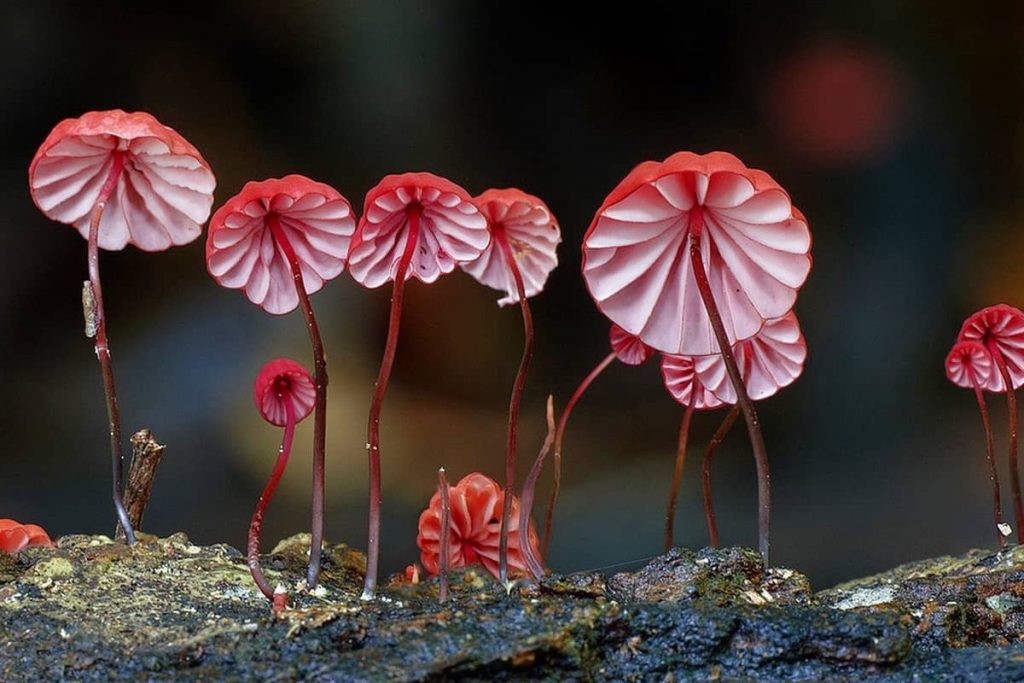
- Marasmius Haematocephalus
Marasmius haematocephalus is a rare, small, inedible mushroom with a thin, dark pink, lamp-shaped cap, found mainly in North America.
- Phallus Indusiatus
Phallus Indusiatus is an edible mushroom found mainly in tropical areas such as South Asia, Africa, America and Australia, where it grows in forests and gardens, in rich soils and rotting woody material. The mushroom has a bell-shaped cap with a white, lace-like ‘skirt’.
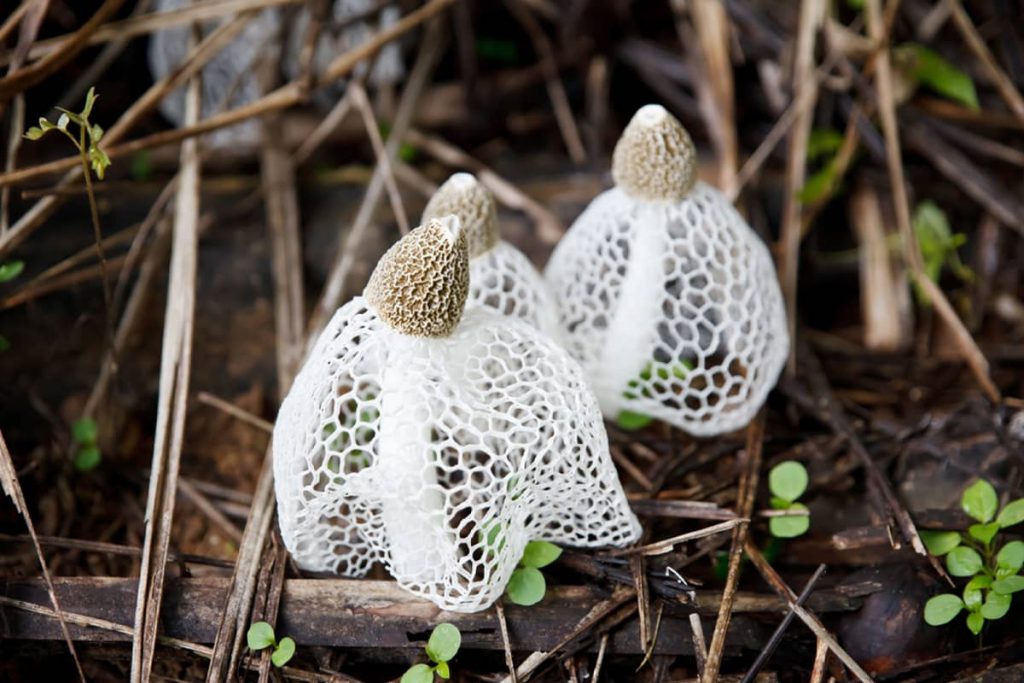
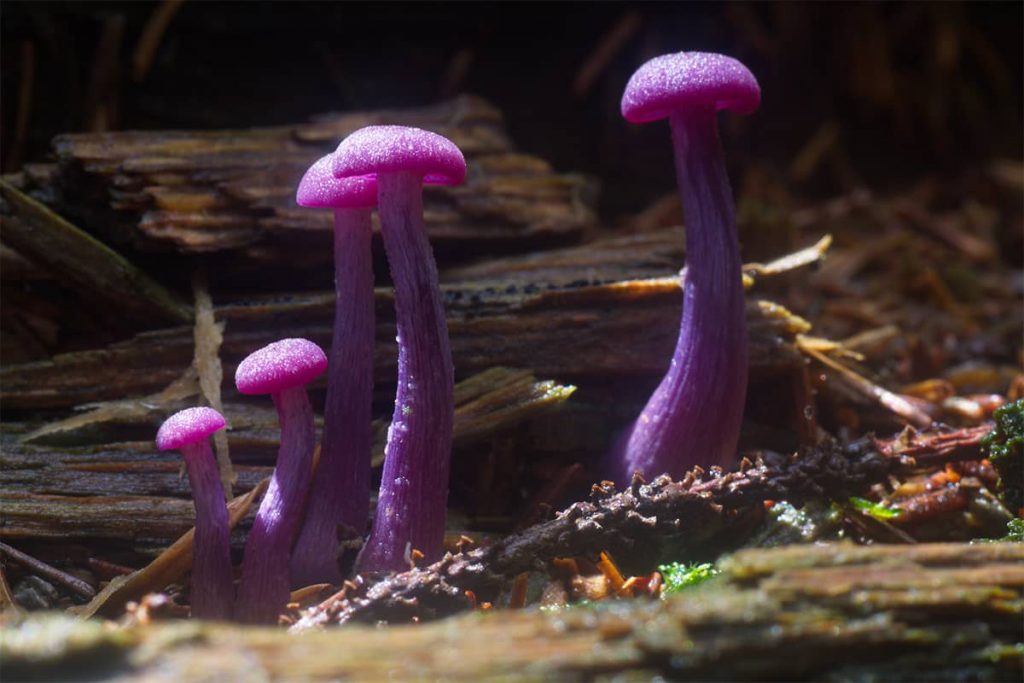
- Laccaria amethystina
Laccaria amethystina is a small, brightly coloured, edible mushroom that grows in deciduous and coniferous forests, especially in Central and South America. Because its bright amethyst colour fades with age and depending on the weather, it becomes difficult to identify, hence the popular name ‘amethyst deceiver’.
- Amanita caesarea
Amanita caesarea is an edible mushroom native to southern Europe and North Africa with a characteristic orange hat. Although it is an edible mushroom, it is closely related to poisonous mushroom such as the psychoactive fly agaric or the death cap.
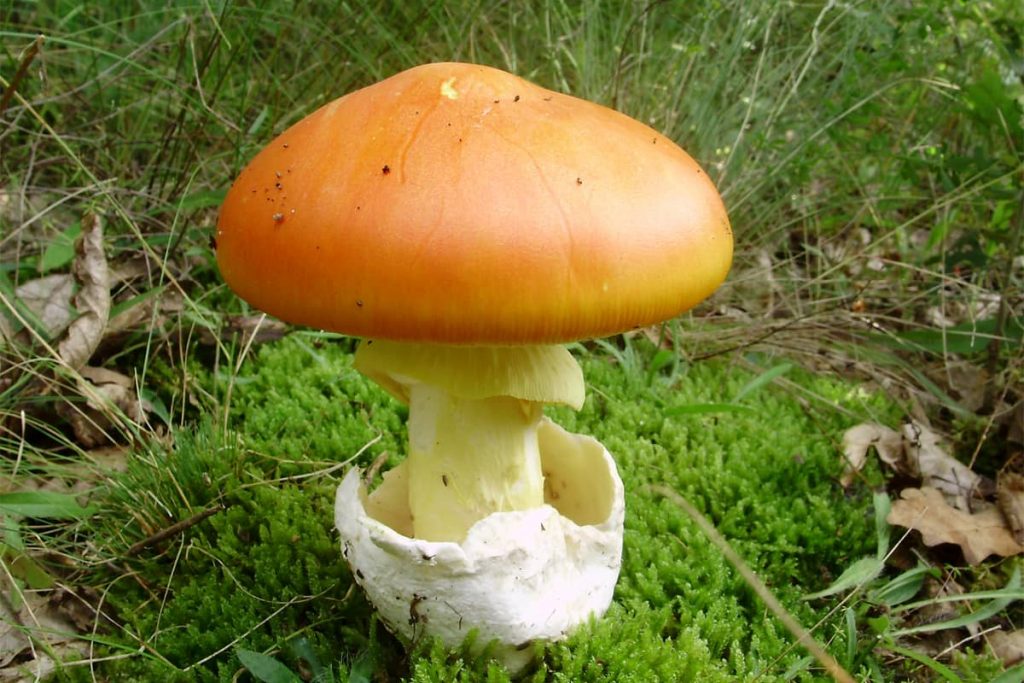
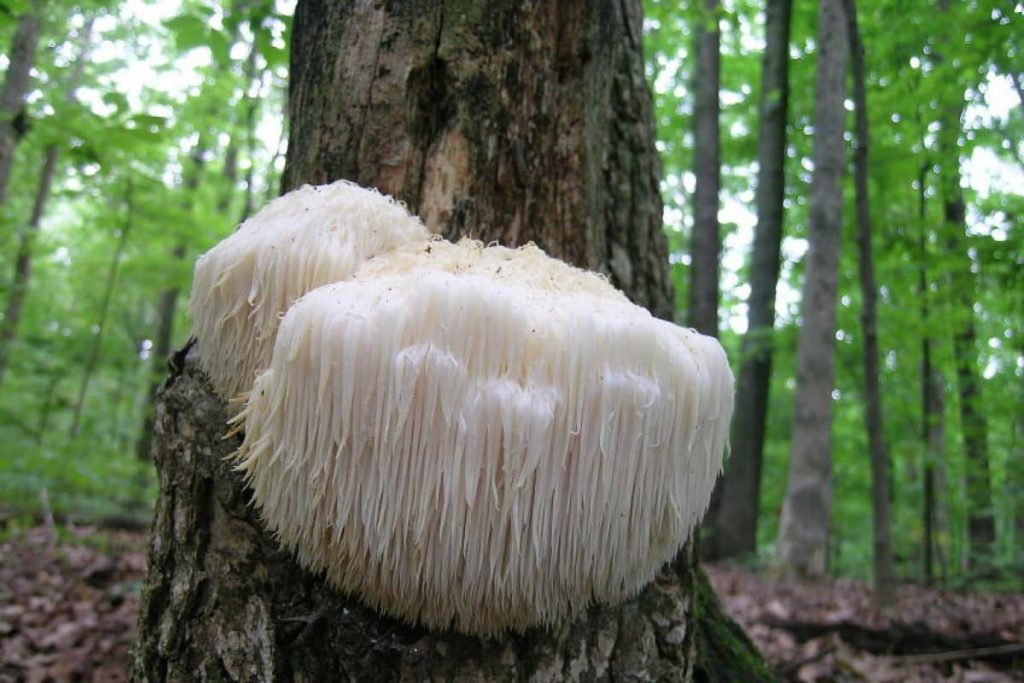
- Hericium Erinaceus
Hericium Erinaceus is a rare species of parasitic mushrooms native to Europe, occurring mainly on the trunks of older deciduous trees. This white mushroom is edible.
- Morchella conica
Morchella conica is a common edible mushroom species found in deciduous and coniferous forests in our country. Its cap resembles a honeycomb and has a light and dark brown colour.
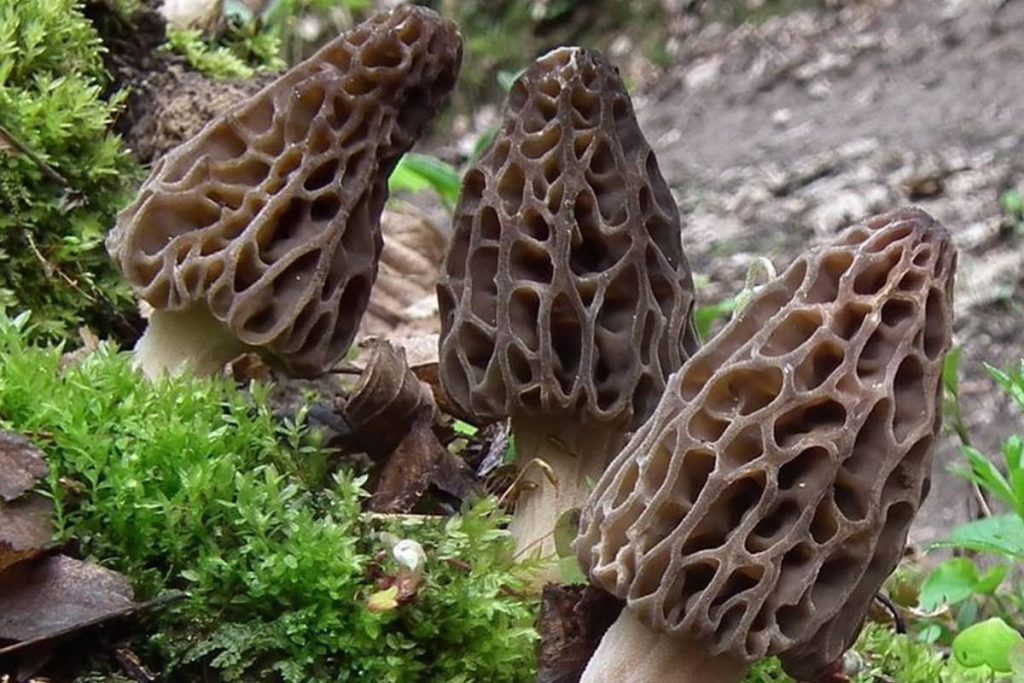
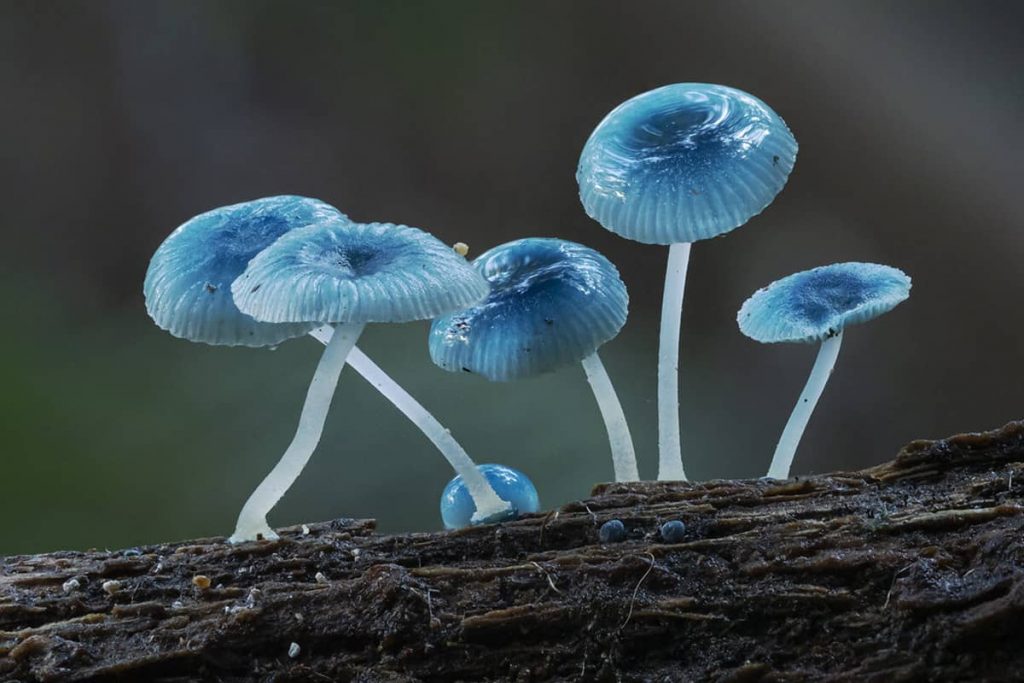
- Mycena interrupta
Mycena interrupta is a species of bright blue mushrooms found in Australia, New Zealand, New Caledonia and Chile. It is not recommended to be eaten as many of the mushrooms in the genus Mycena are poisonous.
If you are interested in mushrooms and wish to learn more about them, we recommend you a movie, as well: Fantastic fungi is a documentary full of interesting information on Netflix.
